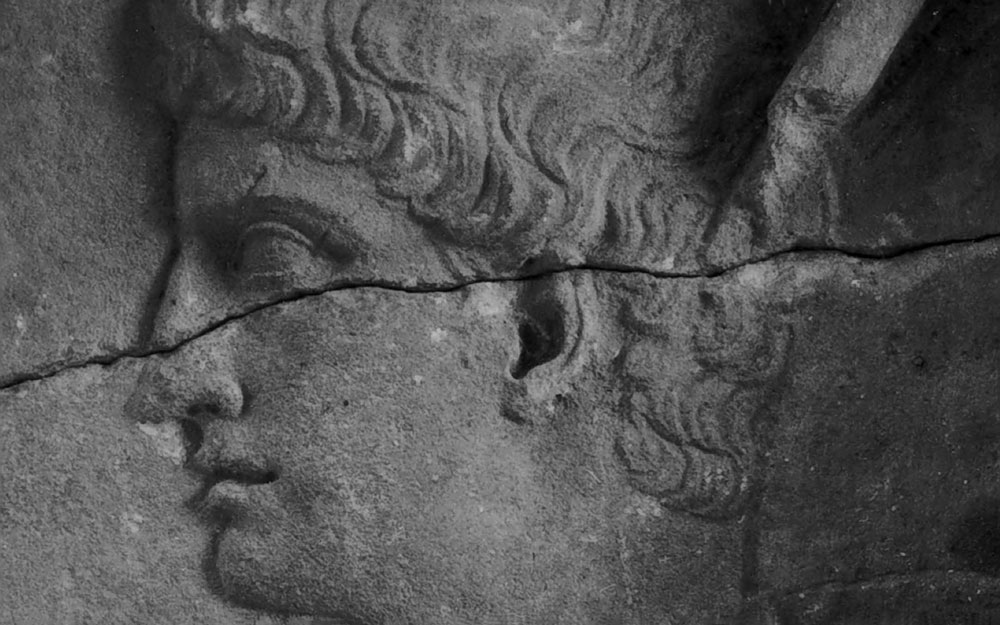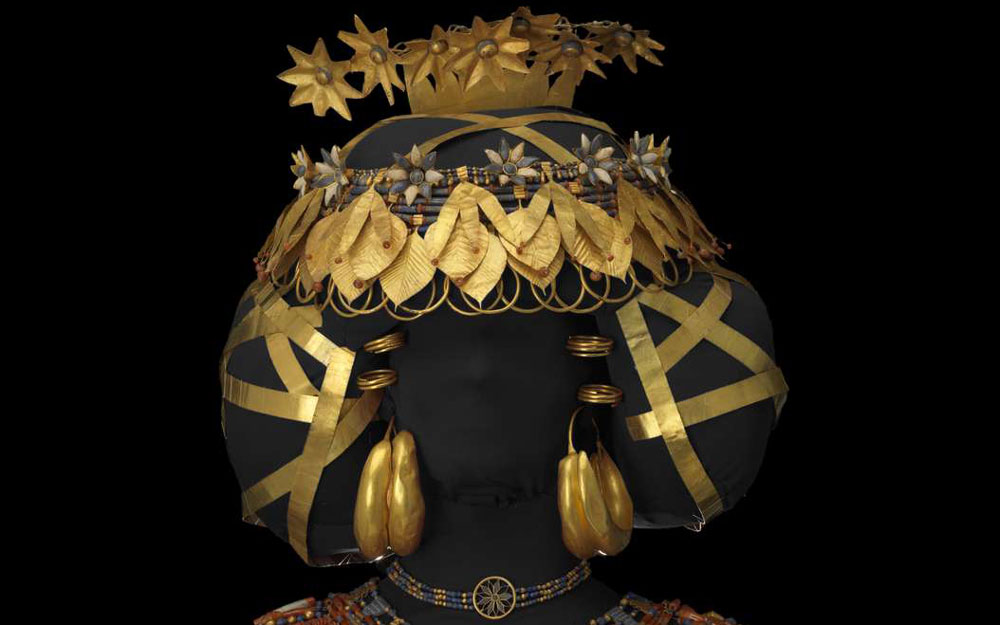Online Collections
Explore Penn Museum collections information, images, archival films, and more.
Notice for Collections Content
These records describe cultural and historical items that may be culturally sensitive. Some records may document human remains; others may contain names, images, or recordings of deceased individuals or include information or language that is outdated, offensive, or incorrect. These are based on past collecting practices and interpretations, which may not reflect current views and values of the Penn Museum.
We update records and images regularly and encourage and welcome members of descendant communities, scholars, and others to contact us with feedback, questions, or concerns.
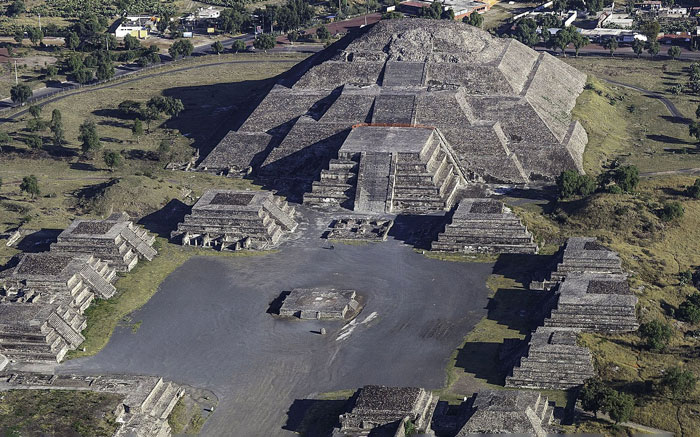
World Heritage
2022-2023 Lecture Series
Since 1972, the United Nations Educational, Scientific and Cultural Organization (UNESCO) has designated locations of cultural and natural significance that are of outstanding value to humanity as World Heritage Sites. These sites comprise a breathtaking panorama of our world’s greatest treasures, both natural and man-made, located in 167 countries. Learn about a selection of these sites.
Watch Series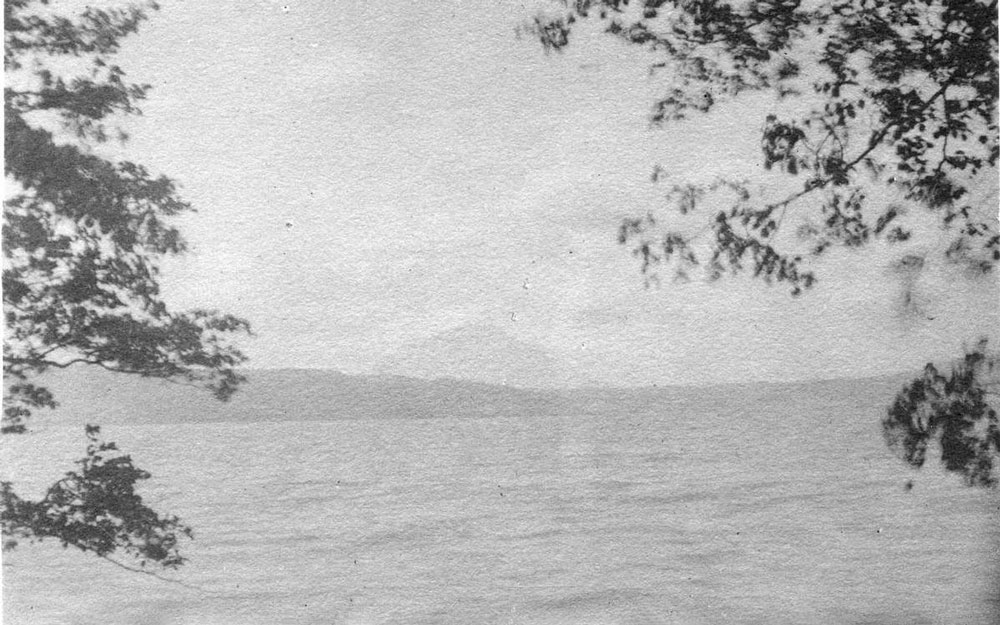
Hokkaido, Japan
In 1901, Hiram M. Hiller Jr. traveled to the northernmost island of Japan, Hokkaido, on behalf of the Penn Museum. The expedition produced over 250 artifacts as well as three journals of notes and numerous lantern slides, providing the Penn Museum with one of the best-documented Ainu collections in the US. Hiller also collected a small sample of pottery from the ancient Jomon culture which dates as far as back 12,000 BCE, some of the oldest known in the world.
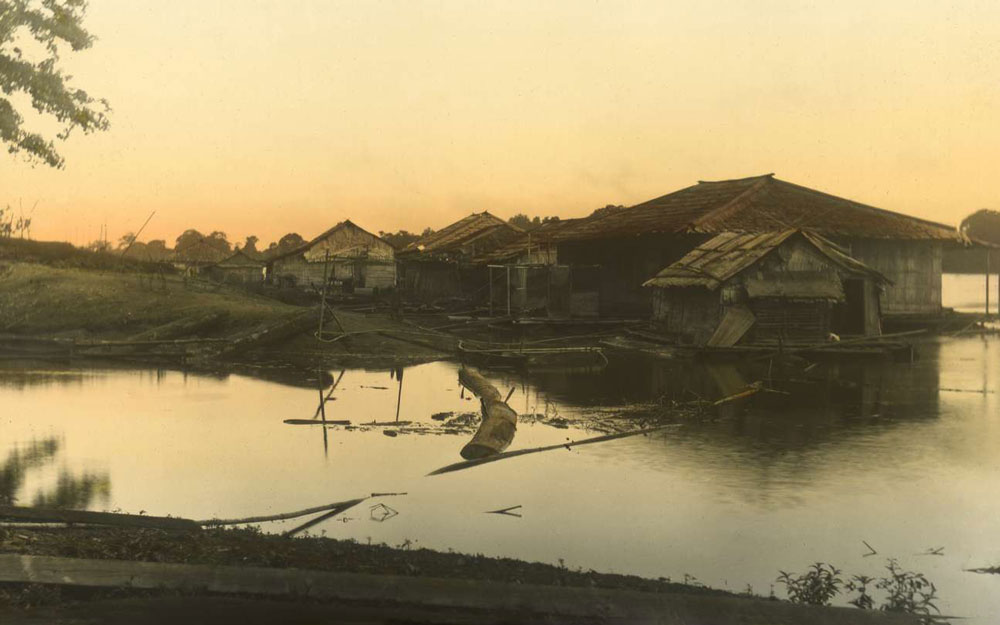
Borneo
The island of Borneo sits off the coast of Southeast Asia and is divided among the countries of Malaysia, Indonesia, and tiny Brunei. Between 1896 and 1898, several collecting expeditions to Borneo were undertaken. They spent six months in Sarawak, traveling upriver to Dayak longhouses, they undertook an expedition to Dutch West Borneo, spending several months on the Kapuas River, and then they visited the Mahakam River in Dutch East Borneo.



